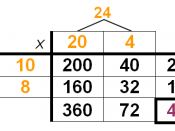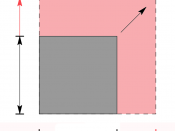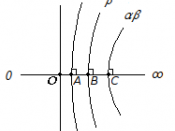Four Basic Operations of Arithmetic
Many thousands of years ago this was a world without numbers. Today, using the same numbers in many different ways, man can build bridges, skyscrapers, fly off the Earth like a bird, even measure the distance to the Moon. So you see, mathematics and numbers, are very important to life nowadays.
Until XVI century people in Europe used Roman numerals. The Roman system of numbers is based upon the letters I, V, X, L, C, D, and M. These letters were mixed together to form many different combinations. The arithmetic symbols now in use were derived from the Arabs and the Hindus, the latter of whom introduced the symbol 0. The invention of this symbol for zero was very important, because it enabled the nine Hindu symbols 1, 2, 3, 4, 5, 6, 7, 8 and 9 to represent any number, no matter how great.
The work of a zero is to keep the other nine symbols in their proper place. The Hindu-Arabic numeration system is a decimal system: that is, it is based on tens. In this system the value a digit represents is determined by the place it has in the number; if a digit is moved to the left one place, the value it represents becomes ten times as great.
The invention of our present notation for the decimal number system made possible simple and systematic operations with numbers. Arithmetic is the elementary branch of mathematics dealing with the properties of numbers and their operations. We work with only positive numbers in arithmetic. Negative numbers appear in algebra. An operation is a way of thinking of two numbers and getting one number. The fundamental operations of arithmetic are addition, subtraction, multiplication, division.
There are special signs to...


